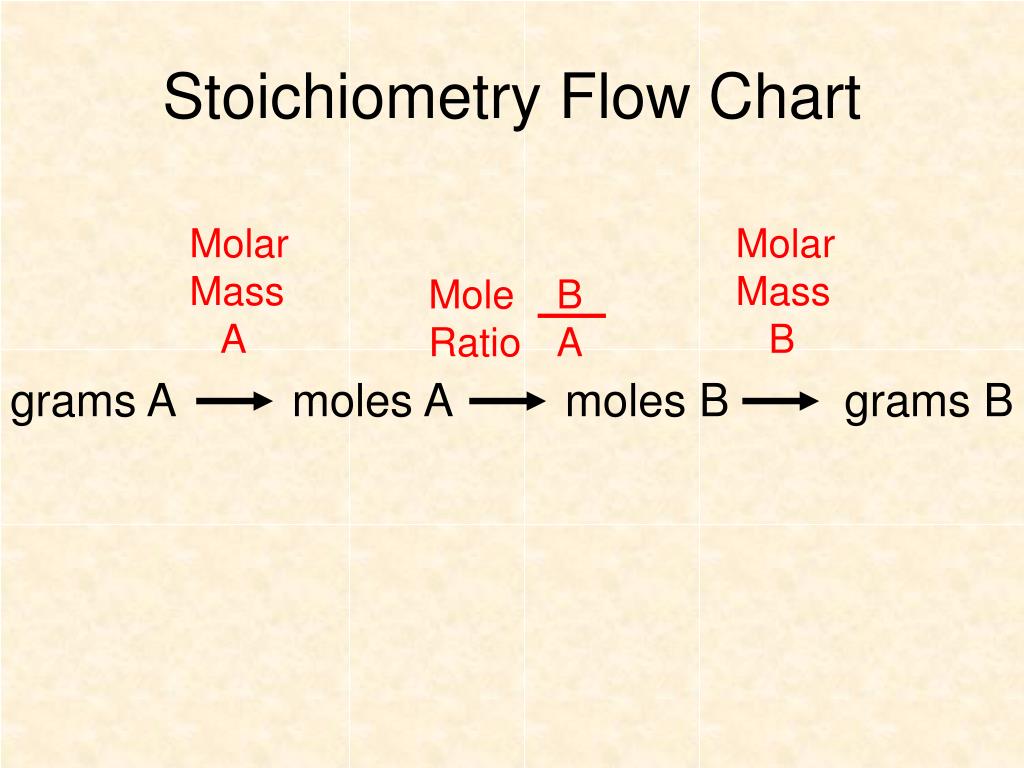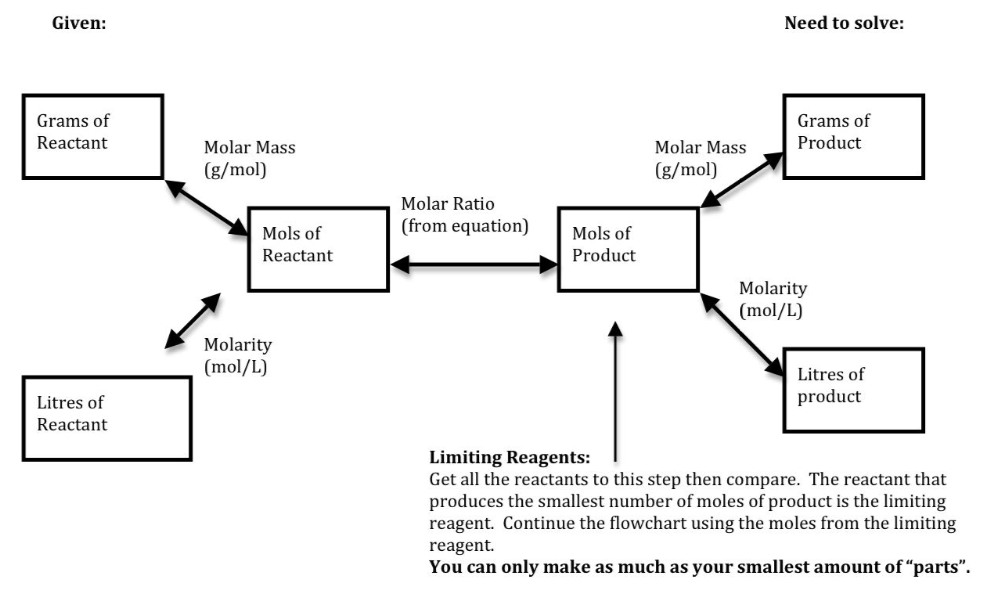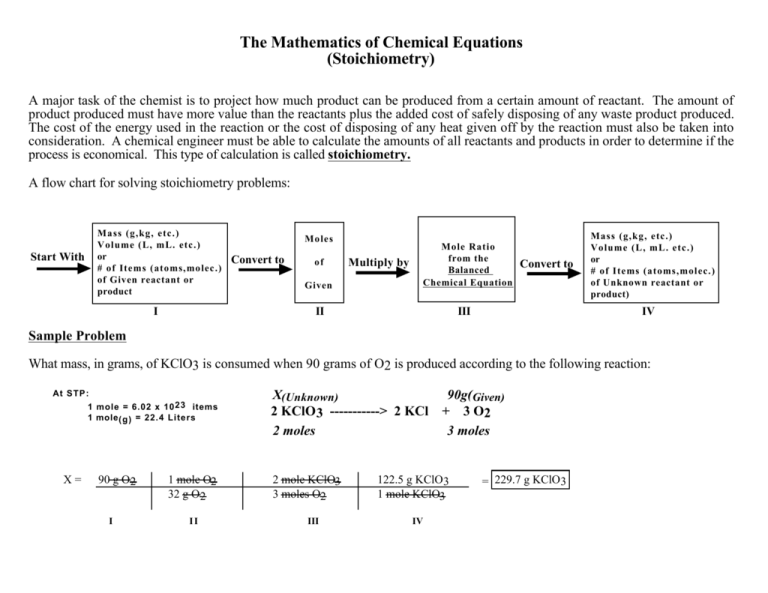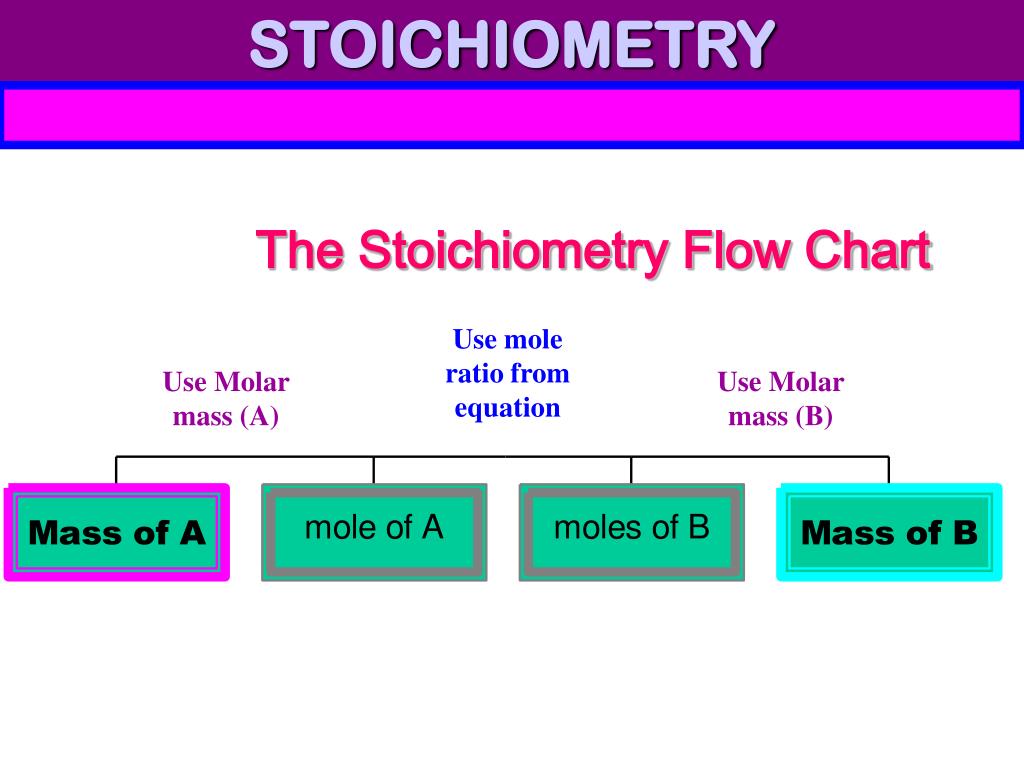Find the empirical formula of paba. Web stoichiometry, flow chart, moles to mass conversion. Determining how much of a specific substance can be created from a specific amount of another substance. Web stoichiometry molar mass the trick: Perform stoichiometric calculations involving mass, moles, and solution molarity
Find the empirical formula of paba. Web stoichiometry is a general term for relationships between amounts of substances in chemical reactions. Determining how much of a specific substance can be created from a specific amount of another substance. Web explain the concept of stoichiometry as it pertains to chemical reactions; Coefficients tell the number of molecules or entities.
Write and balance chemical equations in molecular, total ionic, and net ionic formats. Web explain the concept of stoichiometry as it pertains to chemical reactions. Web stoichiometry, flow chart, moles to mass conversion. Web at its core, stoichiometry is the study of the quantitative relationships between the reactants and products in chemical reactions. We will start with the simplest types of stoichiometric equations, those involving masses.
Web a balanced chemical equation shows us the numerical relationships between each of the species involved in the chemical change. Web stoichiometry tutorial for converting mass and moles using stoichiometric conversions, balanced reactions, and molecular weights. Mass (g,kg, volume (l, or with. Web at its core, stoichiometry is the study of the quantitative relationships between the reactants and products in chemical reactions. Web the stoichiometry of a reaction describes the relative amounts of reactants and products in a balanced chemical equation. Determining how much of a specific substance can be created from a specific amount of another substance. The preceding chapter introduced the use of element symbols to represent individual atoms. It also describes calculations done to determine how much of a substance will be used in a reaction, left over after a reaction, produced by a. Coefficients tell the number of molecules or entities. Web explain the concept of stoichiometry as it pertains to chemical reactions; Web subscripts and coefficients give different information. When chemists conduct experiments, they need to know how much of each reactant to use and what amount of product to expect. Web stoichiometry flow chart | creately. Web stoichiometry molar mass the trick: Web flowchart of steps in stoichiometric calculations.
Grams Of A Is Converted To Moles By Multiplying By The Inverse Of The Molar Mass.
You can easily edit this template using creately. Web subscripts and coefficients give different information. Web derive chemical equations from narrative descriptions of chemical reactions. Web stoichiometry (/ ˌ s t ɔɪ k i ˈ ɒ m ɪ t r i /) is the relationship between the weights of reactants and products before, during, and following chemical reactions.
Web Stoichiometry Is A General Term For Relationships Between Amounts Of Substances In Chemical Reactions.
Web schematic flowchart showing how density is used for converting volume of pure substance to mass, molar mass for mass and moles, molarity for moles and volume of solution, avogadro's number for moles and number of particles, and stoichiometric factor for relating moles of one substance to another. Perform stoichiometric calculations involving mass and moles. Use balanced chemical equations to derive stoichiometric factors relating amounts of reactants and products; Use balanced chemical equations to derive stoichiometric factors relating amounts of reactants and products.
Web At Its Core, Stoichiometry Is The Study Of The Quantitative Relationships Between The Reactants And Products In Chemical Reactions.
Determining how much of a specific substance can be created from a specific amount of another substance. Web explain the concept of stoichiometry as it pertains to chemical reactions. Moles of a is converted to moles of b by multiplying by the molar ratio. Web covers the steps of basic conversions within stoichiometry without using dimensional analysis.
It Also Describes Calculations Done To Determine How Much Of A Substance Will Be Used In A Reaction, Left Over After A Reaction, Produced By A.
Use balanced chemical equations to derive stoichiometric factors relating amounts of reactants and products; We can use these numerical relationships to write mole ratios, which allow us to convert between amounts of reactants and/or products (and thus solve stoichiometry problems!). A stoichiometric quantity of a reactant is the amount necessary to react completely with the other reactant(s). Web stoichiometry molar mass the trick:









